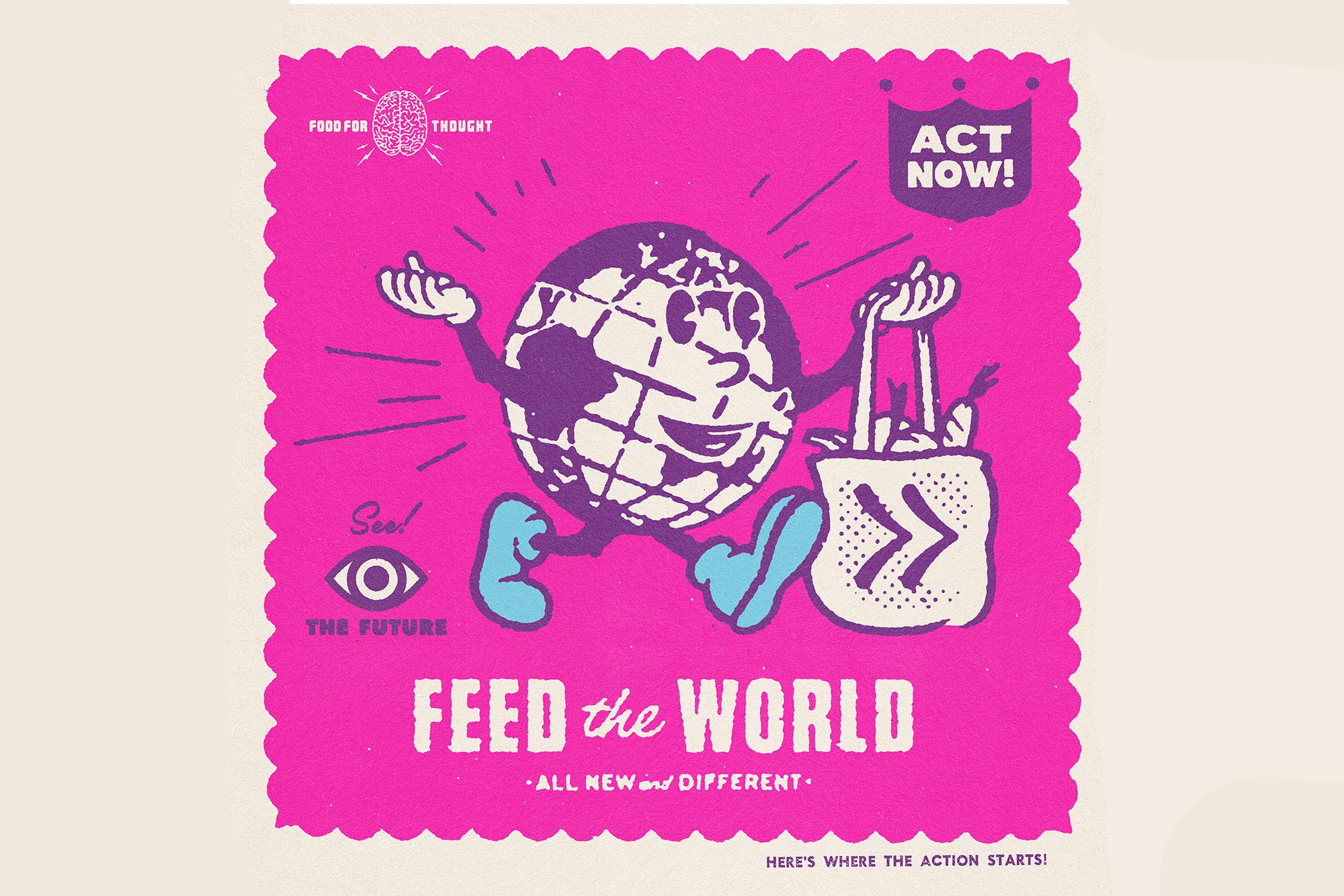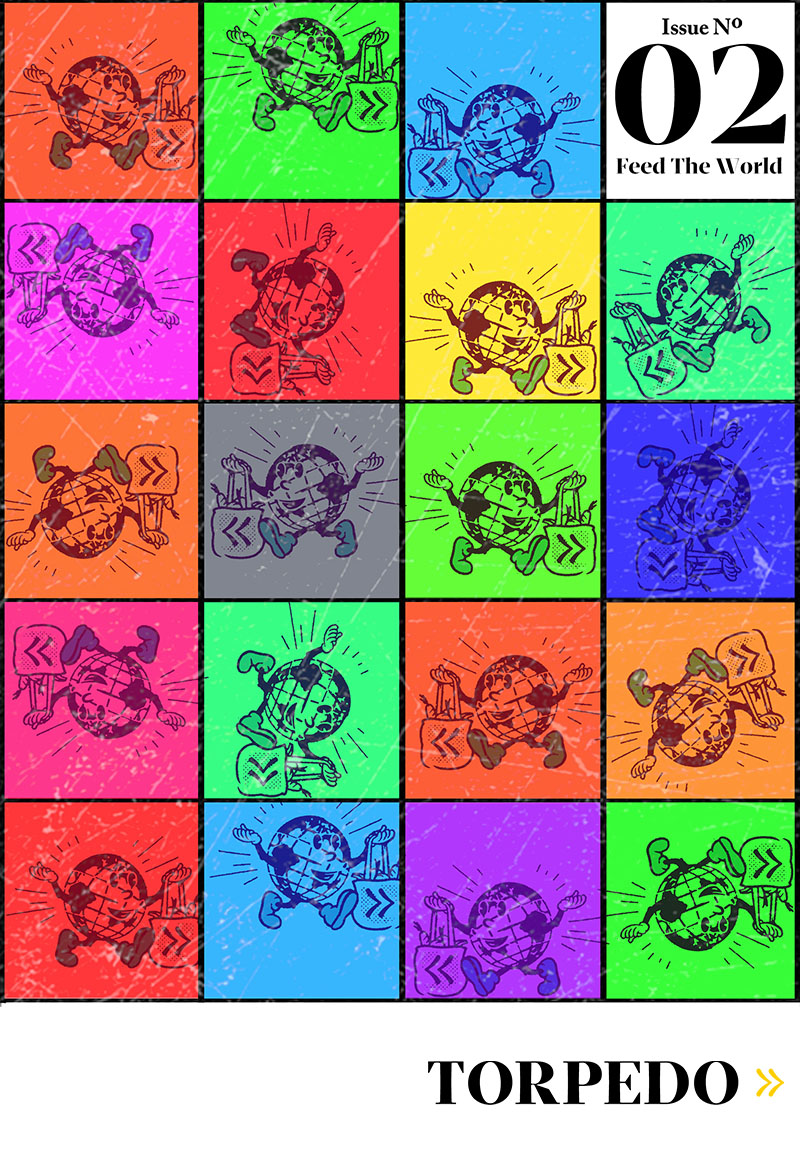Dear Readers,
In our inaugural issue, we looked ahead, believing that better days were ahead of us. For the most part, we have settled into this new life, as we wait for these waves to pass over us. Put simply, we’re carrying on. In Issue 02, we wanted to look back into history to see how much progress we’ve made and for good reason–we are obsessed with the concept of growth. Having a few decades of global travel between the two of us, it is easy to conclude that economic growth has been a top policy goal for countries around the world; however, socioeconomics would indicate that there are millions of people who continue to live in poverty, economic growth be damned. The empirical evidence suggests the idea of growth is simply not enough–we need a more integrated means and measure of progress. Yes, we have grown, physically. (Our world population has increased from 4.4 billion in 1980 compared to 7.7 billion in 2020.)[1] But have we grown socially, emotionally, spiritually, in ways metrics cannot measure? Can we say we are in a better place now, compared to twenty, thirty years ago? Has anything changed after all this time? Who has been and continues to be left behind? We wanted to hop into a time machine to see if we have learned anything during these years that would point to hope, progress, and innovation. An issue of magical thinking, if you will.
Growing up in the 1980’s, as children of immigrant parents that moved West on the promise of a fruitful life, we both have great nostalgia for how much simpler times were back then, or perhaps they only appeared that way because we were children and had a limited understanding of what was going on in the world and in the communities around us. In the brainstorming sessions for this issue, while recognizing the problems and paradoxes of growth, we repeatedly landed on the concept of poverty and hunger–how prevalent it seemed when we were in our youth, how certain factors that contributed to poverty and the hunger crisis back then were a direct by-product of economic growth itself.
The centre of every conversation during the 80’s circled around the devastating famine in Africa, as the horror of hungry children gripped the western world–it was a common refrain we often heard from our parents, reminding us how lucky we were to have food on the table. Growth increases consumption of energy, natural resources, and goods; boosts carbon emissions and pollution; and places a greater overall strain on the environment. The pandemic revealed various non-economic deficiencies to this globalization, as we witnessed devastating images of long lines for food and other critical supplies. Suddenly, poverty and hunger are not distant, faraway ideas; they live in our communities, in our neighbourhoods, in our own backyards. We are reminded that the specter of poverty and hunger is always looming, and it can happen to any one of us.
Hunger, in its purest definition, is a feeling of discomfort or weakness caused by lack of food, coupled with the desire to eat. A dueling war of want and insufficiency. To have a strong desire or craving for. What do we do in that space between needing something and being unable to have it? How does that drive us? How do we feed ourselves, our neighbours, the world? In what ways do we nourish the things and people around us? How do we do this every day, without a soundtrack by Band Aid and the voices of George Michael, Bono, and Duran Duran cheering us on? In the 1980’s, famine felt like such an abstract concept, and in many ways, it was–the borders of Ethiopia were a half a world away, the lives of the Ethiopian people so very different from ours, where Saturday morning cartoons and cereal for breakfast were all but guaranteed. Today, we are reminded that we live in a world with no borders–the number of chronically hungry people increased by an estimated 130 million last year.[2] Food insecurity is omnipotent now and the world has suddenly become that much smaller, as we all grew older.
In this issue, we wanted to narrow the focus. We wanted to feed the communities around us, literally and metaphorically. We wanted to examine the complexities of hunger, to use that driving sense of needing to do something, to have something, as fuel to create change. Empty stomachs can impact whole generations; abstract hunger can empower this generation. We wanted to harness the idea that if we nourish ourselves and the people around us, we can really begin to feed the world. Thinking smaller to create bigger waves. Little nibbles as opposed to big bites, so there is enough for everyone.
Thank you for reading and being here with us. We hope you enjoy this blast from the past, as we take it, and you, all the way back.
Yours,
Punit and Olivia
Cover art by: Scott Sugiuchi
[1] Worldometer. (2020, December 31). World Population By Year. Worldometer. https://www.worldometers.info/world-population/world-population-by-year/
[2] Food and Agriculture Organization of the United Nations. (2020, July 13). As more go hungry and malnutrition persists, achieving Zero Hunger by 2030 in doubt, UN report warns. Food and Agriculture Organization of the United Nations. http://www.fao.org/news/story/en/item/1297810/icode/

